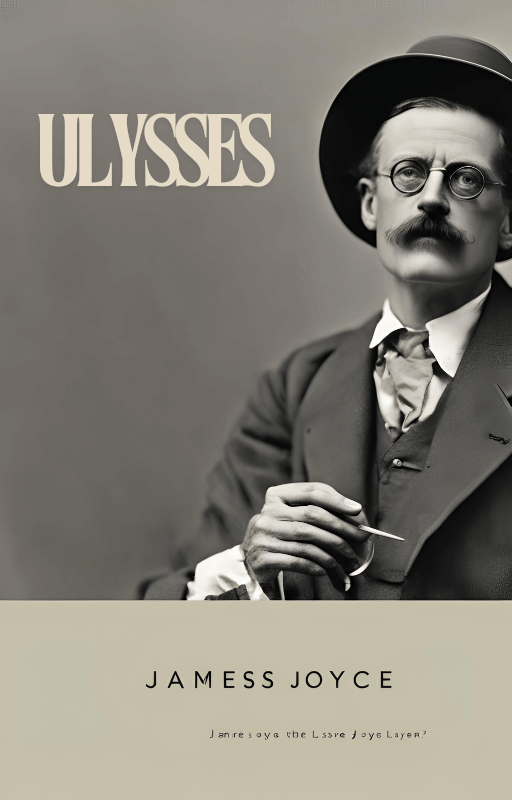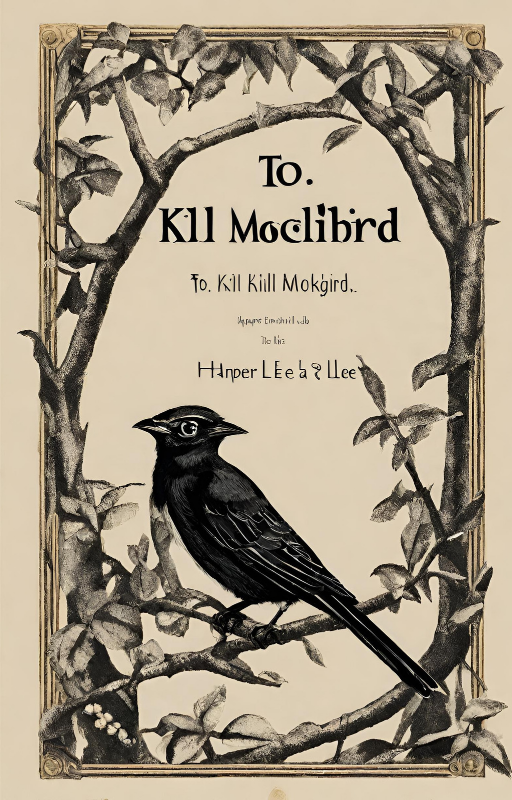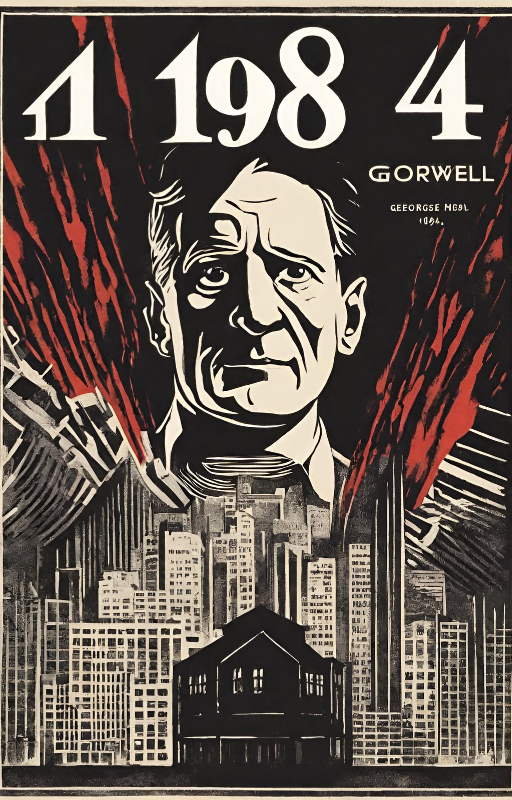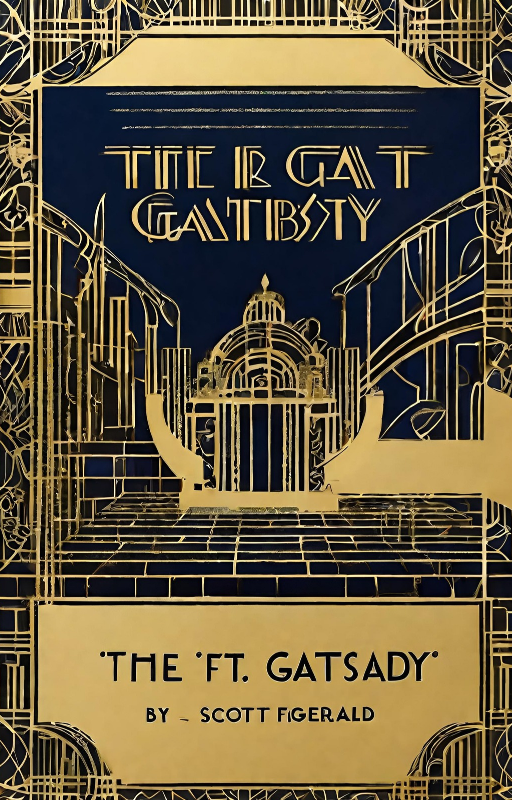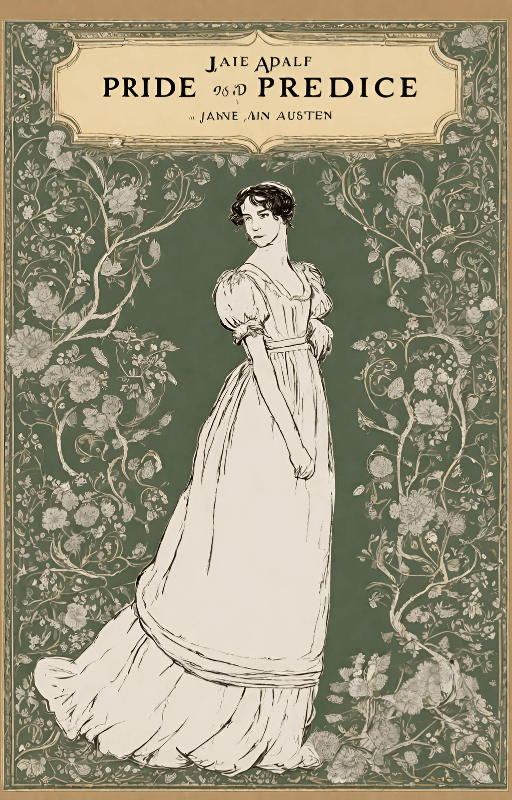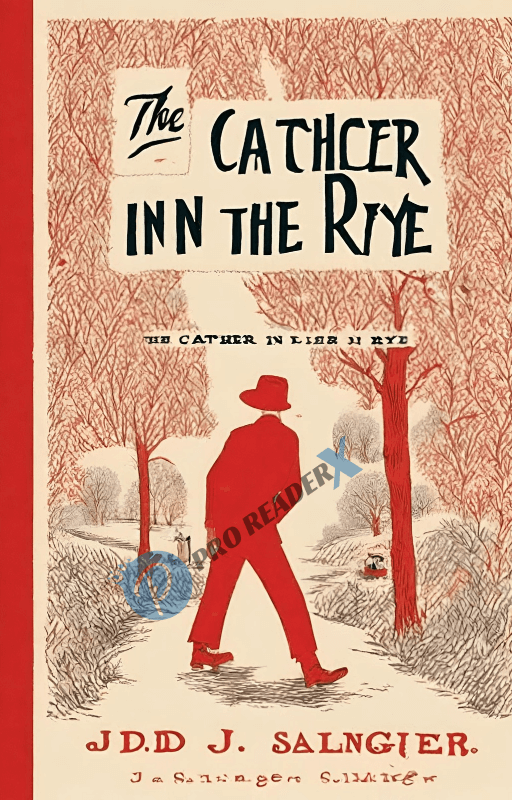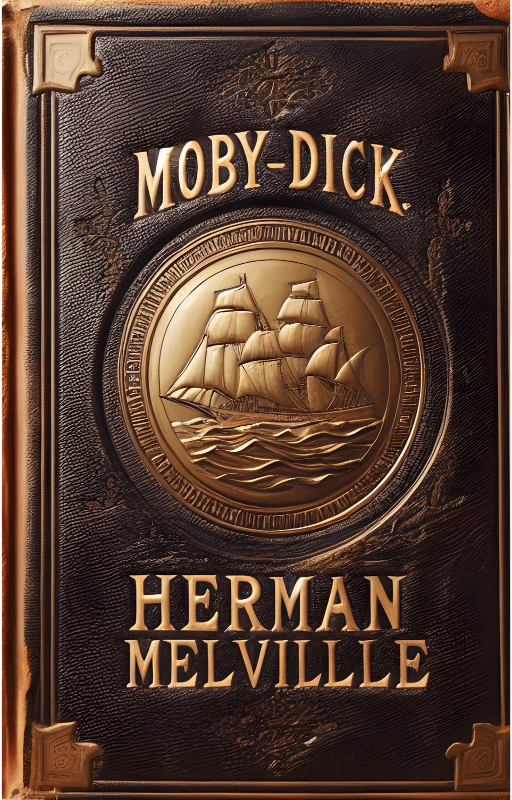Introduction
Consider delving into one of the 20th century’s most acclaimed and intricate novels? If so, James Joyce’s “Ulysses” might have come to mind. At first glance, this work, frequently praised as a foundation of modernist writing, might be intimidating. But fear not—I’m here to simplify things for you.
Why Read Ulysses?
“Why should I read Ulysses?” you may ask. Apart from its literary value, Ulysses presents a unique reading experience. It’s similar to working out mentally, deepening your understanding of human consciousness and storytelling strategies. Plus, it’s a fascinating journey through the streets of Dublin, all in a single day.
Overview of Ulysses
Background of the Book
Irish author James Joyce wrote Ulysses. Published in 1922, it has subsequently evolved into a foundational work in the modernist canon. Today, we observe June 16, 1904, the day the novel takes place.
Publication History
Publication took effort. Due to its graphic material, “Ulysses” fought many censorship campaigns. For many years, both the US and the UK outlawed it. Still, Joyce’s status as a literary master was solidified with its ultimate publication.
Plot Summary
Setting: Dublin, 1904
The story takes place on a single day, June 16, 1904, in Dublin. Joyce’s painstaking attention to detail creates a striking portrait of the city and its people.
Main Characters
Leopold Bloom
The main character is Jewish-born ad salesman Leopold Bloom. The book’s main ideas and experiences are his own.
Stephen Dedalus
Young artist Stephen plays a significant role in Joyce’s previous book, “A Portrait of the Artist as a Young Man.” He is Telemachus’s figure, searching for his identity and mission.
Molly Bloom
Molly is Leopold’s wife and a singer. Her monologue in the last episode is among the most well-known passages in the book and demonstrates Joyce’s command of stream-of-consciousness storytelling.
Structure of the Novel
Eighteen Episodes
The 18 episodes that makeup “Ulysses” are all structured and styled differently. The book’s depth and intricacy are mirrored in its episodic structure.
Stream of Consciousness
Joyce uses the stream-of-consciousness approach to get far inside his characters’ heads. This technique perfectly expresses the disorganized and fragmentary character of human cognition.
Detailed Summary of Key Episodes
Episode 1: Telemachus
Stephen Dedalus arrives at the Martello Tower at the beginning of the book. His interactions with his roommates, Mulligan and Haines, create the conditions for his emotional and intellectual conflicts.
Episode 4: Calypso
This episode introduces Leopold Bloom. His conversations and daily rituals reveal much about his personality and marriage to Molly.
Episode 9: Scylla and Charybdis
This episode occurs in the National Library and involves a heated philosophical discussion. Stephen explains his view on Shakespeare’s “Hamlet,” exposing his in-depth, albeit occasionally jumbled, thought process.
Episode 18: Penelope
Molly Bloom’s soliloquy finishes the book. Her unvarnished reflections on her life and marriage provide a direct and personal window into her mind.
Themes and Motifs
Modernism
A mainstay of modernist literature, “Ulysses” is distinguished by its in-depth examination of consciousness and experimental methods.
Identity and Self-Discovery
The protagonists’ quest for purpose and identity characterizes their travels. Bloom’s need for belonging and Stephen’s artistic difficulties emphasize these ideas.
Literary Techniques
Stream of Consciousness
This method was among Joyce’s most significant literary innovations. It enables readers to see the ideas flowing unadulterated.
Parody and Pastiche
Joyce regularly uses parody and pastiche to simultaneously respect and criticize different literary genres and traditions. This adds to the story’s humor and significance.
Conclusion
Although reading “Ulysses” might be challenging, “Ulysses” is immensely satisfying. There are countless paths for investigation and interpretation, given the richness and intricacy of the work. A trip through “Ulysses” is worthwhile whether you’re an experienced reader or brand-new to Joyce.
FAQs
Q1. What is Bloomsday’s significance?
Bloomsday, celebrated on June 16, honors the day when “Ulysses” takes place. Joyce fans frequently tour Dublin sites referenced in the book and play out passages from the book.
Q2. Why was “Ulysses” banned?
The graphic and honest portrayals of sexuality in “Ulysses” led to its prohibition. Until court decisions declared it a work of literary quality, it was censored in both the US and the UK.
Q3. How long does it take to read “Ulysses”?
Reading “Ulysses” takes different people somewhat different amounts of time. Its richness and complexity take some readers weeks, or even months, to fully understand.
Q4. Is prior knowledge of “The Odyssey” necessary to understand “Ulysses”?
Though it’s not technically required, reading “The Odyssey” by Homer might help you better grasp the allusions throughout the book. Many readers value “Ulysses” in and of itself.
Q5. What are some tips for reading “Ulysses”?
Take your time, start with a well-annotated copy, and don’t be afraid to revisit parts. You may also get help navigating its complexity using internet resources or joining a reading club.
